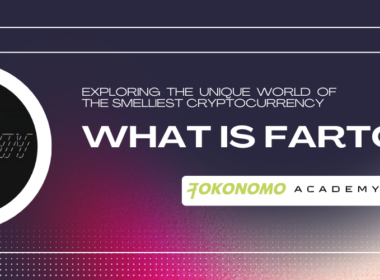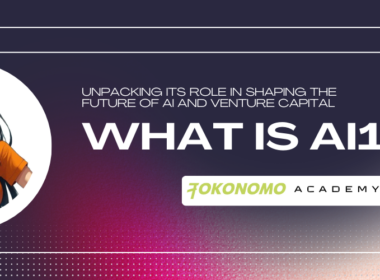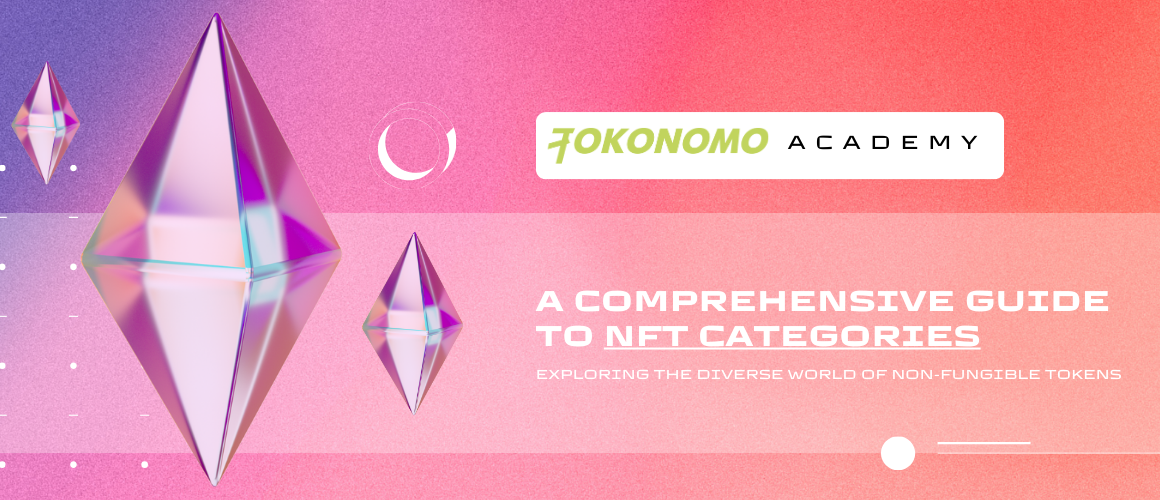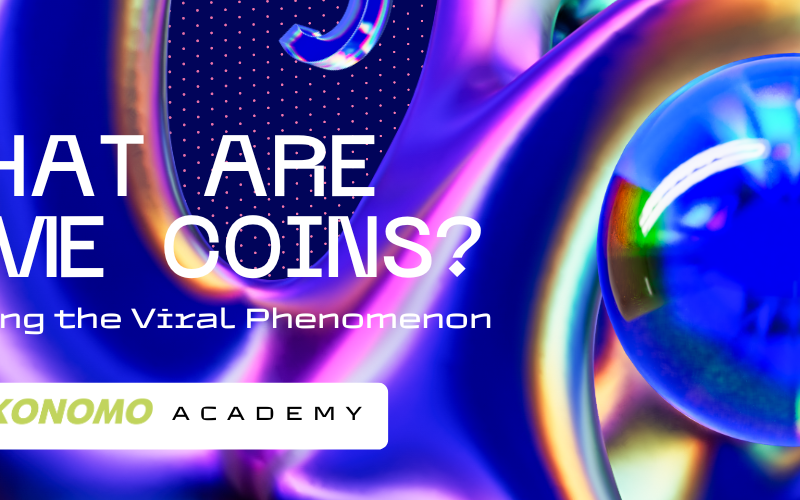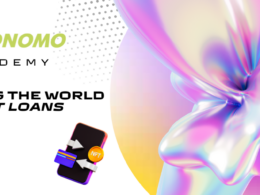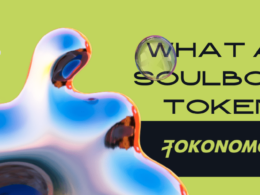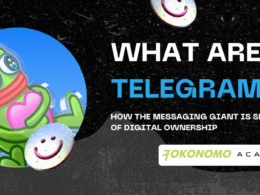Non-Fungible Tokens (NFTs) have taken the digital world by storm, revolutionizing the way we perceive and trade digital assets. From artwork and music to virtual real estate and collectibles, NFTs have opened up a vast world of possibilities for creators and collectors alike.
Typical Methods for Categorizing NFTs
NFTs exhibit diverse classification criteria. Several prevalent approaches for categorizing NFTs encompass:
- Classification by Utilization: NFTs are frequently grouped according to their specific use cases, spanning digital art, music, collectibles, gaming, and virtual real estate, among others.
- Categorization by Token Standard: NFTs can be sorted based on the token standard they adhere to, such as ERC-721 or ERC-1155.
- Sorting by Platform or Blockchain: NFTs are subject to classification predicated on the underlying blockchain network they inhabit or the marketplace where they are generated or listed.
- Differentiation via Interactivity: NFTs can be broadly differentiated by their level of interactivity, ranging from static representations to highly dynamic and interactive digital collectibles.
Beyond these primary classification methods, NFTs can also be evaluated for their rarity, interoperability, and the creators involved. Let’s delve further into these common strategies for classifying NFTs.
Use Case-Based NFT Categories
NFTs span a multitude of categories that correspond to their diverse use cases:
Profile Pictures (PFPs)
The concept of NFTs serving as profile pictures gained traction with the advent of CryptoPunks, developed by Larva Labs, in 2017. Another prominent example of this collectible category is the Bored Ape Yacht Club (BAYC), which has broadened the scope of its NFTs beyond PFPs, encompassing physical merchandise and offline club memberships as well.
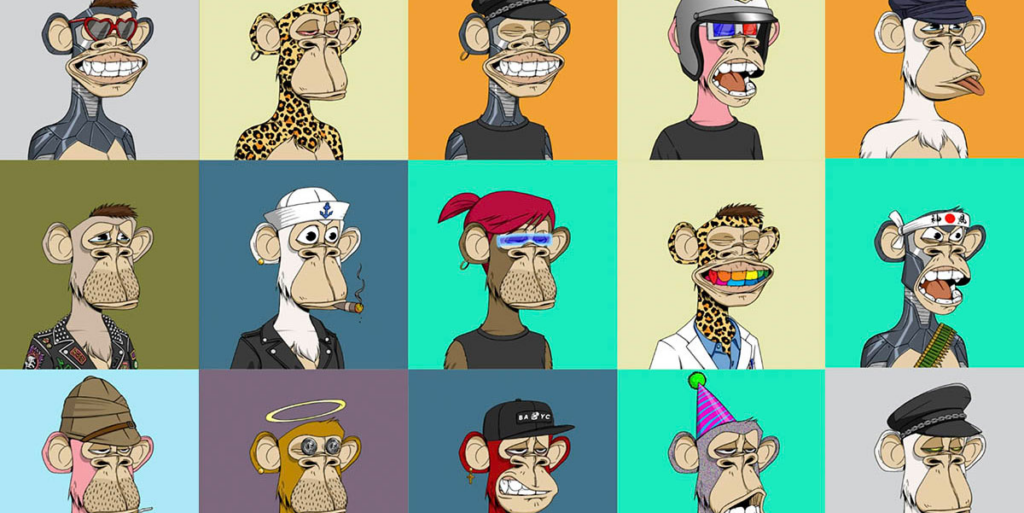

Digital Art
Among the most widely embraced NFT categories, digital art encompasses digital paintings, illustrations, animations, and various other forms of digital visual art. Artists can tokenize their digital creations to unequivocally establish ownership, opening up fresh avenues for monetizing their creative endeavors.


Music
Musicians have the ability to tokenize their music, albums, and even exclusive behind-the-scenes content as NFTs. This empowers them to directly distribute their work to fans, offer exclusive content, and earn royalties on subsequent sales.
In-Game Items
In-game items represent a prevalent facet of gaming NFTs, encompassing virtual assets such as weapons, armor, and other equipment that have utility within specific games. Decentraland Wearables, for instance, provides clothing and accessory items that can be worn within the Ethereum-powered virtual world of Decentraland, enabling players to customize their avatars and enhance their in-game experiences.
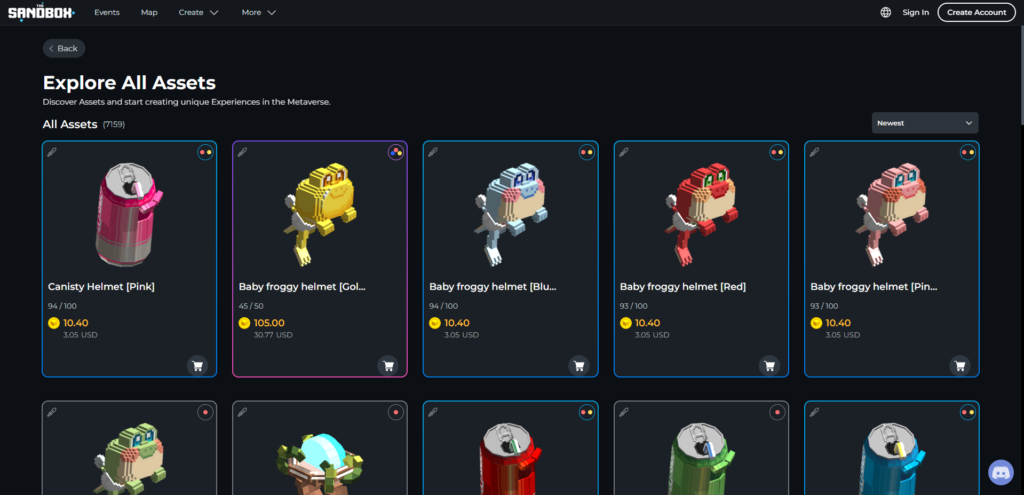

Virtual Real Estate
This category revolves around virtual lands, properties, and spaces within virtual realms and metaverses. Users can acquire, sell, and trade virtual real estate in the form of NFTs.
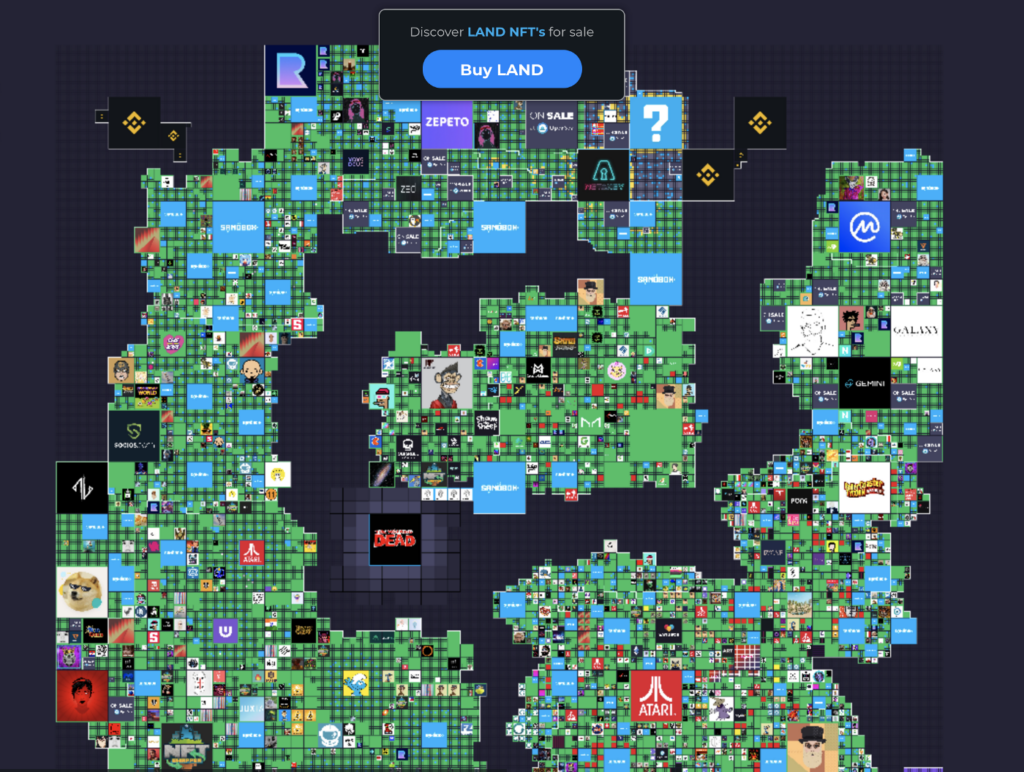

Utility
Utility NFTs are linked to a wide array of services and goods, both digital and physical. For example, a utility NFT could bestow its holder access to physical merchandise, exclusive trading tools, ticketing services, restricted online content, and memberships. The possibilities surrounding utility NFTs are extensive and can be tailored to the issuer’s imaginative endeavors.
Identity
Identity NFTs concentrate on representing and verifying distinct digital identities, reducing reliance on centralized authorities for identity validation, bolstering user privacy, and affording individuals greater control over their personal data.
Additional NFT categories based on use cases encompass video and film, domain names, fashion, photography, literature, and sports, among others. It’s important to note that this list is not exhaustive, as the NFT landscape is continually evolving, with novel use cases emerging regularly.
NFT Classification According to Interactivity
NFTs encompass a spectrum of classifications based on their level of interactivity, ranging from static representations to highly dynamic and interactive digital collectibles.


Static NFTs
Static NFTs represent digital assets characterized by unchanging attributes, such as images, art pieces, and collectibles. These assets maintain their original form without alterations throughout their entire lifecycle. Notable examples include CryptoPunks, which serve as prime illustrations of this category.
Dynamic NFTs
Dynamic NFTs are digital assets that possess variable properties or undergo transformations over time, often influenced by external factors or data sources. A prime instance of this category is Chainlink’s VRF NFTs, which incorporate verifiable randomness to facilitate procedural attributes. Additionally, World of Ether’s crypto-collectible creatures exemplify dynamic NFTs, boasting evolving traits stemming from user interactions and a dynamic breeding system.
Interactive NFTs
Interactive NFTs constitute digital assets intentionally designed to enable direct interaction with either the asset itself or its properties, typically within gaming or virtual environments. Notable examples include Axie Infinity’s collectible creatures, which engage in battles and breeding within the game ecosystem. Decentraland’s virtual land parcels also fall into this category, allowing owners to develop and customize them to craft immersive digital experiences.
NFT Classification by Token Standards
NFTs can be categorized based on their adherence to specific token standards, with two prominent standards being ERC-721 and ERC-1155 on the Ethereum blockchain. These standards serve as blueprints for creating non-fungible tokens (NFTs) and play pivotal roles in ensuring the secure ownership, seamless transfer, and efficient management of various digital and real-world assets within the Ethereum ecosystem.
ERC-721
The ERC-721 token standard, widely embraced within the Ethereum community, is meticulously crafted for the sole purpose of crafting NFTs. By leveraging this standard, creators can encapsulate unique, digitally rare assets, ushering in the era of securely managing diverse forms of digital and tangible items on the Ethereum blockchain. A notable example of ERC-721 NFTs includes Cryptokitties, an engaging virtual game where each CryptoKitty stands as a one-of-a-kind digital feline with distinct traits and visual characteristics.
ERC-1155
Contrastingly, ERC-1155 represents a versatile Ethereum token standard that offers the flexibility to create both NFTs and fungible tokens. Its unique feature lies in the capacity to support multiple token types within a single smart contract, streamlining transactions and simplifying the complexities associated with deploying and managing various token standards. A prominent exemplar of ERC-1155 tokens is The Sandbox (SAND), a virtual realm where users can forge, possess, and monetize a wide array of digital assets and gaming experiences.
Diverse Blockchain Ecosystem
Beyond Ethereum, numerous other blockchain networks have emerged, each presenting its distinct NFT standards to cater to innovative use cases or to address concerns such as scalability and cost. Noteworthy blockchain alternatives encompass the Flow blockchain, Binance Smart Chain, and Polkadot, each offering distinct advantages and opportunities for NFT creators and enthusiasts.
NFT Categories Organized by Ownership Rights and Licensing
NFTs can be categorized based on rights and licensing into several types:
Open Licensing
Open license NFTs provide extensive rights and permissions to their holders. This enables them to display, replicate, adjust, or share the underlying digital assets in diverse contexts. Key aspects include the capacity to create derivative works, share with others, and reuse content across various platforms with minimal restrictions or legal consequences. This approach encourages a collaborative atmosphere and nurtures creativity within the NFT ecosystem. Examples of open license NFTs include CryptoPunks and Bored Ape Yacht Club.


Closed Licensing
Closed licenses impose stringent limitations on the usage, distribution, and modification of NFTs. They predominantly reserve the rights of these NFTs for the original creator or copyright holder, preventing unauthorized reproduction, commercial exploitation, or alteration of the content without explicit permission. Closed licensing is devised to safeguard intellectual property and uphold exclusive control over NFT rights, distribution, and modification. A notable example of a closed licensing NFT project is NBA Top Shot by Dapper Labs, where owners can only trade within the platform’s ecosystem and are restricted from using it for commercial purposes.
Partial Licensing
Partial license NFTs adopt a balanced approach by providing specific rights and usage permissions to NFT holders while retaining some exclusive rights with the original creator or copyright holder. Notable features include permitting limited use and distribution, authorizing select commercial exploitation, or allowing certain types of modifications while prohibiting others. This category of licensing aims to accommodate the diverse needs and preferences of both creators and collectors, promoting collaboration without compromising the original rights.
Conclusion
NFTs have ushered in revolutionary applications across a multitude of industries, fundamentally reshaping the concept of digital ownership and the creation of value in today’s digital landscape. NFTs can be categorized based on a myriad of factors, including their intended purpose, level of user interaction, adherence to token standards, and the associated licensing rights.
The diverse array of NFT types offers inventive means of preserving creative expressions and fundamentally redefines the concept of digital ownership. The dynamic and ever-evolving nature of NFTs underscores their transformative capacity, illustrating the significant influence they possess in reshaping the digital realm.
Nevertheless, it is imperative to acknowledge the potential risks inherent in this nascent technology. As we delve deeper into the intriguing universe of NFTs, it is essential to adopt a vigilant and cautious approach to fully harness their distinctive potential while proactively addressing any potential downsides.


